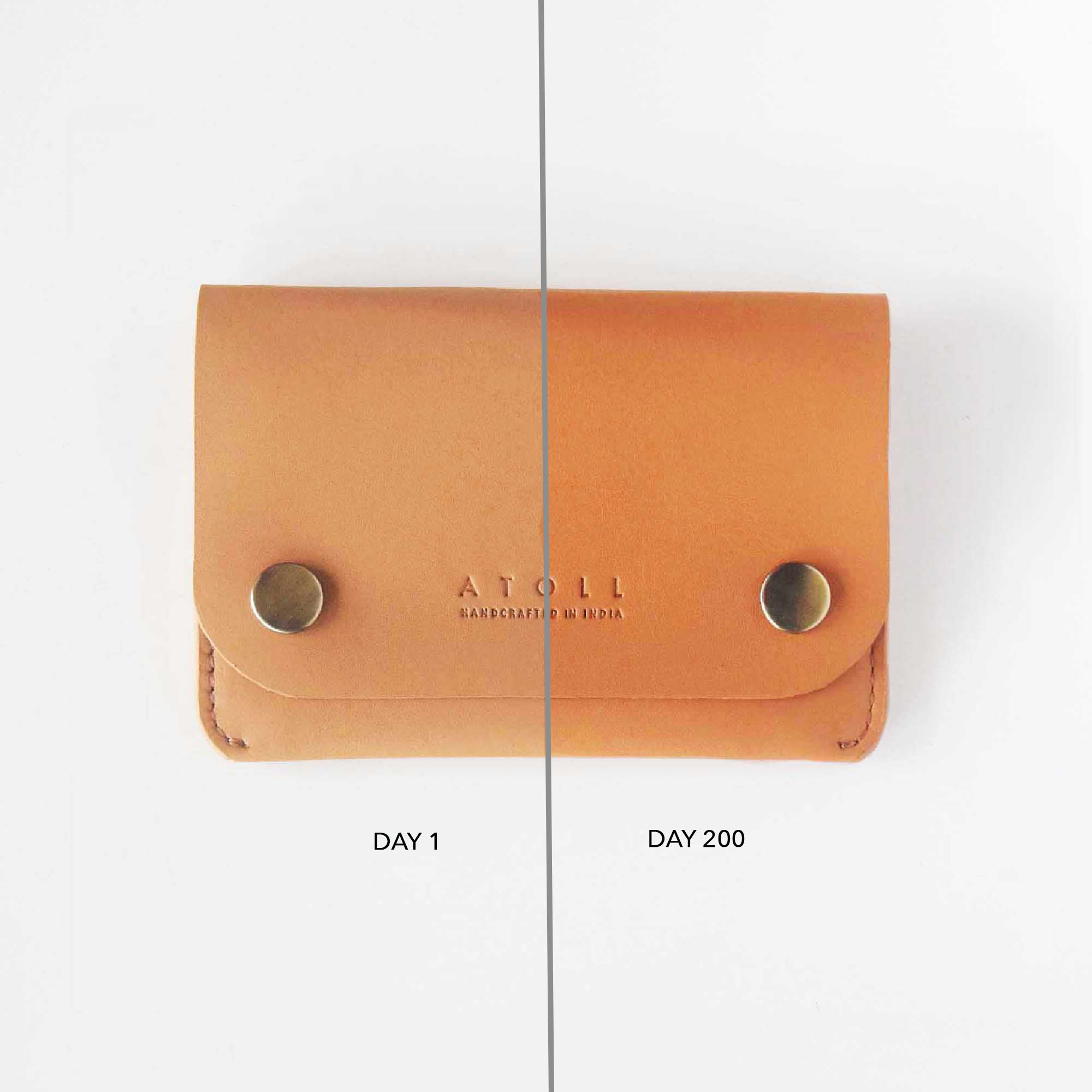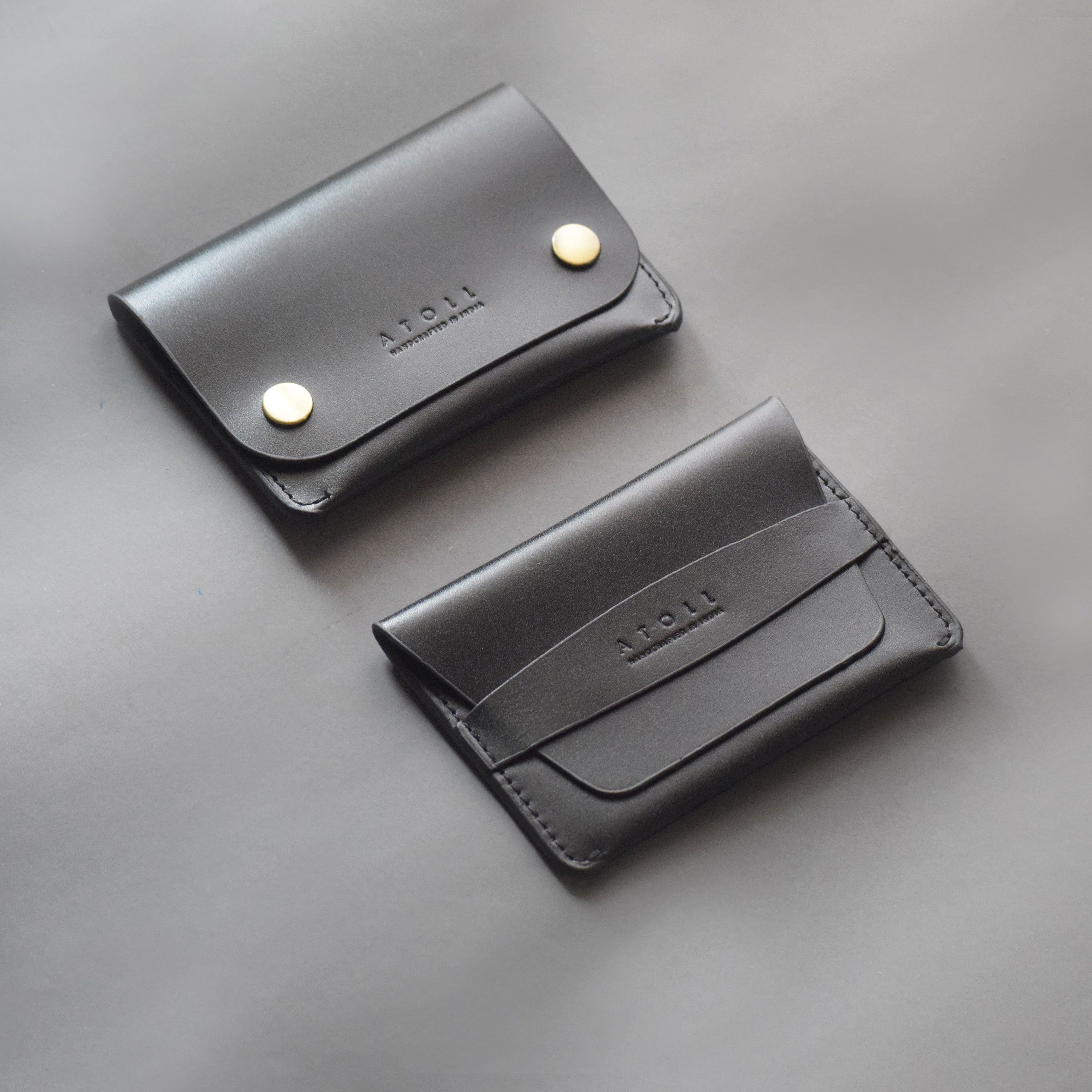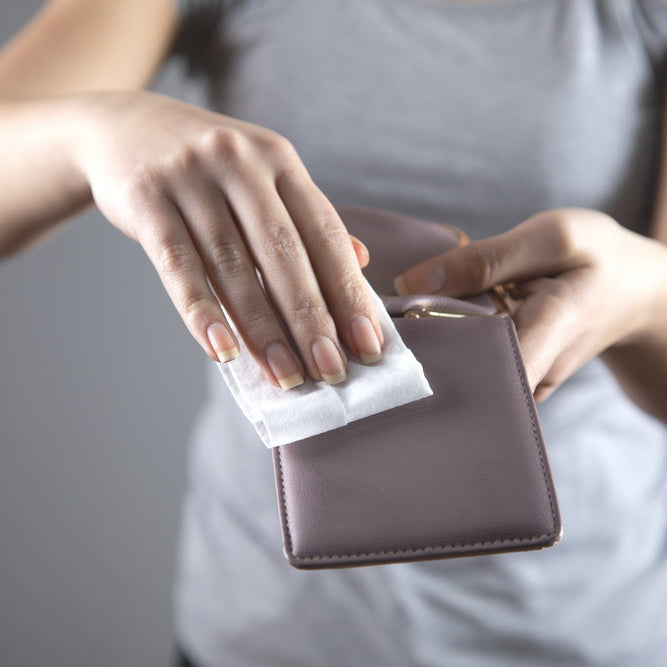What is Leather Patina?
We all have heard and read this Word 'Patina' many times especially related to Leather or Leather Products but it will surprise you if I tell you that Patina term is not Exclusively Related to Leather only rather it refers to any change in a material’s surface due to natural ageing and exposure to the elements. What do brass, copper, raw wood and even certain types of stones have in common? You guessed it — each is susceptible to developing patina.

One Brilliant example of patina-in-practice is the Statue of Liberty. In 1886, when ‘Lady Liberty’ was first revealed to the American public, It had a reddish-brown tinge that is typical of copper. Over the time after 20 years, the thin copper sheets that make up her external layer reacted with air and water in a chemical process called oxidation, creating the distinctively green coating we see today. Far from damaging the statue, the patina actually protects the copper underneath.
Forming a patina is a standard part of the natural ageing process for premium leather. It involves a Progressive change in the leather’s physical properties. Aged leather goods have greater depth when it comes to colour and texture; they often possess a subtle sheen and become increasingly supple. Patina on leather Brings lot of character to the leather and thus making it unique as per the timeframe..
Patina Works like a magic on all leather Products, More it ages better it start looking.
Yet part of what makes leather patination so interesting is that it is also unpredictable and distinct — very much the product of its particular environment.
How does patina leather develop?
Natural leather is a natural material that ages beautifully over time. The development of patina is dependent on a range of factors (listed in greater detail below) that roughly fall into two larger categories: how the leather is used and the climate.
The type of leather displays a patina ‘breathes’ — meaning that it absorbs moisture and oils from the atmosphere or through being handled. Think of premium leather goods that frequently come into contact with human skin, like briefcases, Passport Sleeve and Wallets; they gradually accumulate dirt and body oils, and are exposed to elements like sun and rain — all of which alter their appearance.
Interestingly, each variable makes a different stamp on leather. Rain can lead to water marks and sunlight encourages a golden hue to appear, for example.
Here are the main variables that influence how patina develops on leather:
- Exposure to heat
- Exposure to sunlight (UV radiation)
- Oils from the human skin
- Rain or moisture
- Denim dye
- Wear and tear, such as scratches





